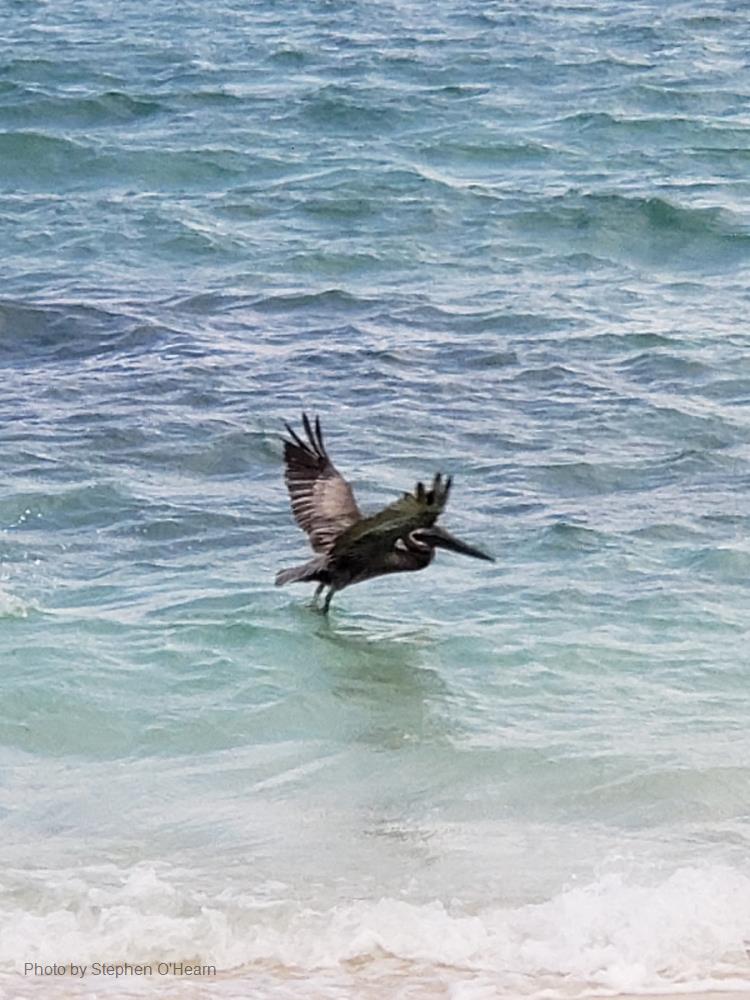
Related items loading ...
Section 1: Publication
Publication Type
Journal Article
Authorship
Krogstad K., Gharasoo M., Jensen G., Hug L.A., Rudolph D., Van Cappellen P., Rezanezhad F.
Title
Nitrogen leaching from agricultural soils under imposed freeze-thaw cycles: a column study with and without fertilizer amendment
Year
2022
Publication Outlet
Frontiers in Environmental Science, 10:915329
DOI
ISBN
ISSN
Citation
K. Krogstad, M. Gharasoo, G. Jensen,L. A. Hug, D. Rudolph, P. Van Cappellen, F. Rezanezhad. (2022). Nitrogen leaching from agricultural soils under imposed freeze-thaw cycles: a column study with and without fertilizer amendment. Frontiers in Environmental Science, 10:915329,
https://doi.org/10.3389/fenvs.2022.915329
Abstract
Cold regions are warming faster than the rest of the planet, with the greatest warming occurring during the winter and shoulder seasons. Warmer winters are further predicted to result in more frequent soil freezing and thawing events. Freeze-thaw cycles affect biogeochemical soil processes and alter carbon and nutrient export from soils, hence impacting receiving ground and surface waters. Cold region agricultural management should therefore consider the possible effects on water quality of changing soil freeze-thaw dynamics under future climate conditions. In this study, soil column experiments were conducted to assess the leaching of fertilizer nitrogen (N) from an agricultural soil during the non-growing season. Identical time series temperature and precipitation were imposed to four parallel soil columns, two of which had received fertilizer amendments, the two others not. A 15-30-15 N-P-K fertilizer (5.8% ammonium and 9.2% urea) was used for fertilizer amendments. Leachates from the soil columns were collected and analyzed for major cations and anions. The results show that thawing following freezing caused significant export of chloride (Cl−), sulfate (SO42−) and nitrate (NO3−) from the fertilizer-amended soils. Simple plug flow reactor model calculations indicated that the high NO3− concentrations produced during the fertilized soil thawing events were due to nitrification of fertilizer N in the upper oxidized portion of the soil. The very low concentrations of NO3− and ammonium in the non-fertilized soils leachates implied that the freeze-thaw cycles had little impact on the mineralization of soil organic N. The findings, while preliminary, indicate that unwanted N enrichment of aquifers and rivers in agricultural areas caused by fall application of N fertilizers may be exacerbated by changing freeze-thaw activity.
Plain Language Summary
Section 2: Additional Information
Program Affiliations
Project Affiliations
Submitters
Publication Stage
Published
Theme
Presentation Format
Additional Information
Winter Soil Processes in Transition


 GWFNet
GWFNet Master
Master Data
Data Research
Research Map
Map
 Advanced
Advanced . . .
. . .

 Metadata Editor
Metadata Editor
 Record List
Record List
 Alias List Editor
Alias List Editor
 Legacy sites
Legacy sites